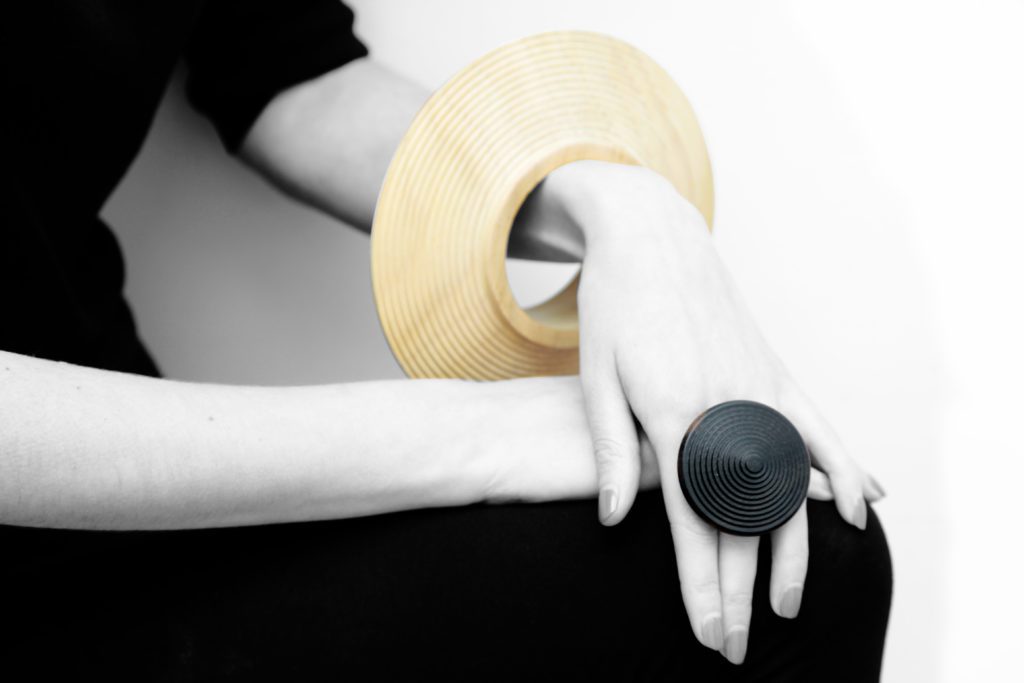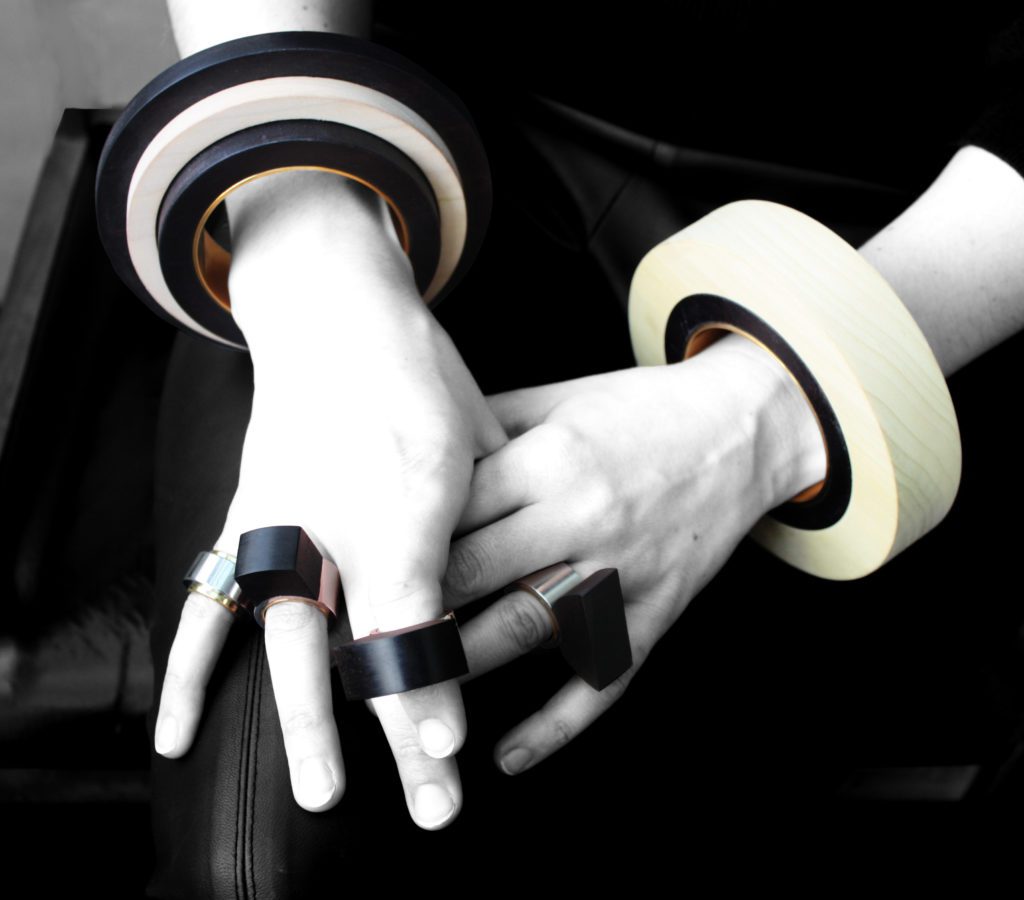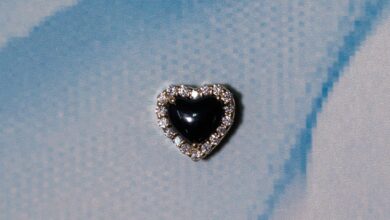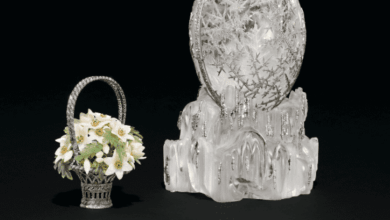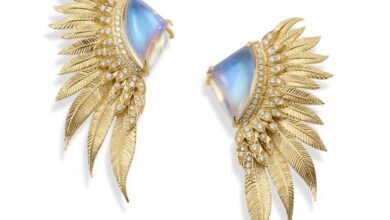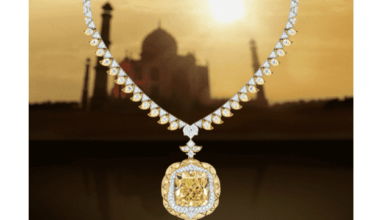Art Jewellery – Why the distinction?
Italian artist Paolo Canevari said the most important inspiration for an artist’s work is “people’s way of thinking”. That is a good starting point for explaining ‘art jewellery’, says jewellery curator Elisabetta Cipriani.
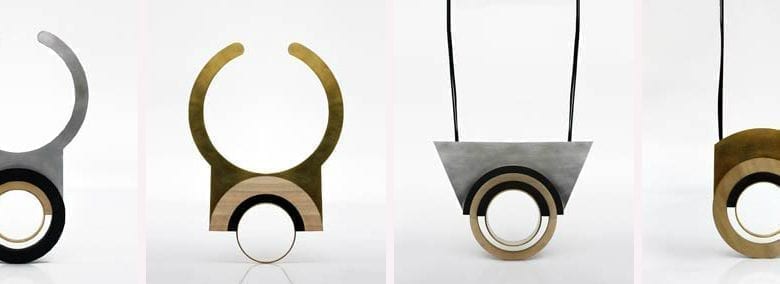
Register to get 1 free article
Reveal the article below by registering for our email newsletter.
Want unlimited access? View Plans
Already have an account? Sign in
“These are wearable sculptures which engage with our thought-process, with our emotions. The value is not about whether it has diamonds or rubies, but about the fact that it’s done by an artist and that it carries a story.”
Since she was a child, Cipriani has always had a passion for jewellery. Before coming to London to open her gallery, she used to work at the Museum of Contemporary Art in Rome and was co-curator working with “important” artists. “When I moved to London,” she says, “I wanted to do something that was different. I knew about artists making jewellery, like Picasso. I started to look at it from a distance, and I started to invite the artists I met in Rome, at the museum, to collaborate with me and that’s how it started. Today I continue working with artists that I like, that’s the main thing. I don’t follow any logical plan.”
‘Art jewellery’ is one of the names given to jewellery created by studio craftspeople. As the name suggests, art jewellery emphasises creative expression and design, and is characterised by the use of a variety of materials, often commonplace or of low economic value. In this sense, it forms a counterbalance to the use of ‘precious materials’ (such as gold, silver and gemstones) in conventional or fine jewellery, where the value of the object is tied to the value of the materials from which it is made.
London-based artist Simone Brewster sees jewellery, by its very definition, as an artform in itself and believes it is a “shame” that there has to be a division between art jewellery and jewellery to begin with. “If you look into the history of jewellery it was such a high craft, it still is, but it was such a high level craft but what has really happened is that is has stopped representing the things it did in the past. Artisans who still continue to explore the boundaries of jewellery get called ‘art jewellers’. #
“It works against the value of jewellery when we have this definition because what you really realise is that people don’t value jewellery as an art-form in itself, so people have to state it as ‘art jewellery’ because what people start to think of as art jewellery is a mass-produced aesthetic such as Pandora. That is what people think of when you say jewellery not those who are exploring jewellery as a form of art and expression.”
Freedom of Expression
The allure of the medium for artists/designers and for those purchasing is the freedom of expression that comes along with it – the freedom to create and wear jewellery that stands out from the crowd. Art jewellery, Brewster says, is centred around this idea. “I did not start to make jewellery for any other reason than I had an idea. I don’t consider myself a jeweller and I did not study jewellery at university. I just had an idea and the best way to express that idea was through jewellery. The reason I am an artisan and not a designer for a larger business is that I can approach my design as an individual as opposed to a larger business with constraints. The more I have made jewellery the stronger my opinions on it have become.”
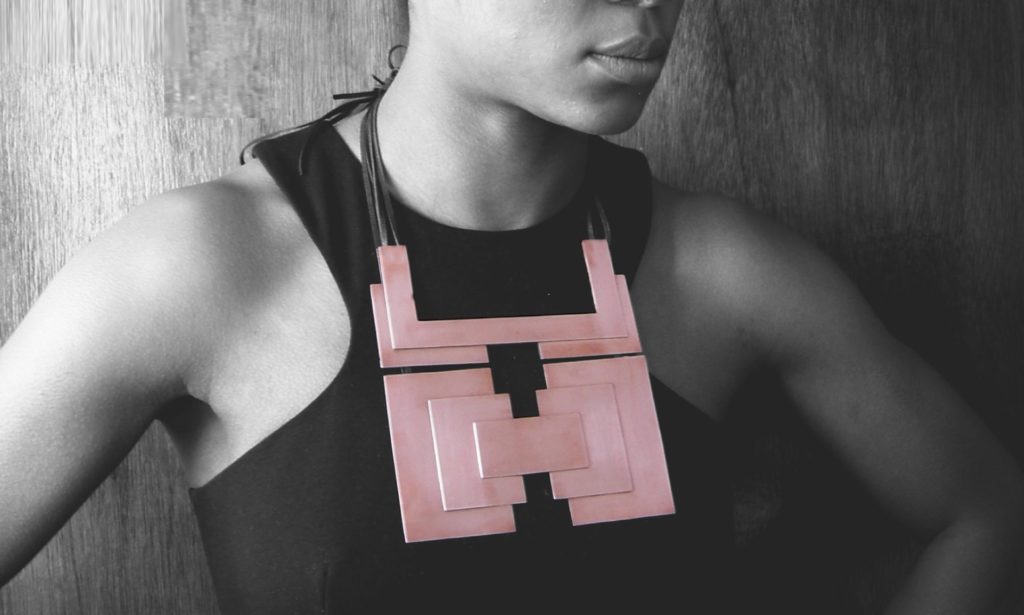
Brewster reveals that some of her favourite pieces she has made have been in response to criticism coming from the point of view of “what is expected”. In her first collection called ‘Ebony Resolution’, Brewster says a lot of clients critiqued the pieces for “[looking] very heavy”, but when they actually tried them on they were very lightweight. “That is because as opposed to the stuff on the general market my pieces are quite large and they expect it to be bulky, instead they are extremely wearable.” She continues: “As a response to that comment I decided to make this rather large red rubber abstract piece – as part of a concept called ‘Conversations in Weight’”. Again Brewster describes the creation as a “huge mass” but when picked up was extremely light due to the fact it was made from foam that had been coated. “That is one of my favorite pieces because it is a bit tongue in cheek,” Brewster muses.
Cipriani also argues that traditional jewellery design is often “governed by society’s conventions” – its primary aim is to enhance the beauty of the gemstone or the wearer. Art jewellery does not have these constraints – “it can challenge the wearer, send a message, make a statement”. Artists have free rein over their pieces and can challenge the boundaries of design in a way more commercial designer often cannot.
The art jewellery market
Cipriani explains that when she started commissioning artists to make wearable art back in 2009, “not many people were interested” in the subject matter, mainly due to what she calls a “lack of knowledge”. Today however, collectors are “becoming increasingly aware” of artists making jewellery, and they know much more about it. She also surmises there’s been a shift, not only of interest, but of taste.
“Before people wanted to spend their money on a Cartier, but then they looked at themselves, and saw they were just the same as other people, without a personality. I noticed that when clients come back to me, they’re very happy to buy more, because it gives them something special,” she says. “People are moving closer to contemporary art, compared to 15 years ago. Before people tended to buy more antique furniture, whereas now they’re more interested in design pieces, or mixing old furniture with contemporary paintings. They have a different sensibility now.”
Interestingly from an artist’s point of view, Brewster believes that while there is a market, with particular interest coming from Germany and in America (where there are shows specifically for art jewellers),overall, art jewellery is one of the most undervalued, leaving huge “gaps in the market”.
“When you have such an established concept of what jewellery should be you start to putting restraints on the creative process of making jewellery. I don’t think jewellery itself is valued as an artform as it should be. We have lost the exploration and it has become niche, because of that we have lost some of the power. If you make jewellery people don’t know what it is and they assume jewellery is such a certain specific thing and if that is the case then there is no room for creativity in the field.”
The future
While Brewster admits it is not “always appropriate” to wear huge art jewellery pieces on an everyday basis, she argues not all art jewellery has to be large in size and can be about the material or shape. She is adamant she will always have a “strong appreciation” for art jewellery and believes so will others “It is not in the markets interest for it to be fully adopted”.
“Overall I don’t think it is in the interest of the established industry to change. What I think might actually happen is that we will see more people do what Ted Noten does in regards to his catwalk shows showcasing jewellery or installations in order to get away from the closed definitions of what jewellery is,” Brewster comments.
“In the future people will want to strike out of this very predefined concept of what jewellery is but still make work that is appreciated. It is going to be about re-establishing the context of how it is staged and how it is set and it is not just going to be about placing a piece of jewellery on the body.”


